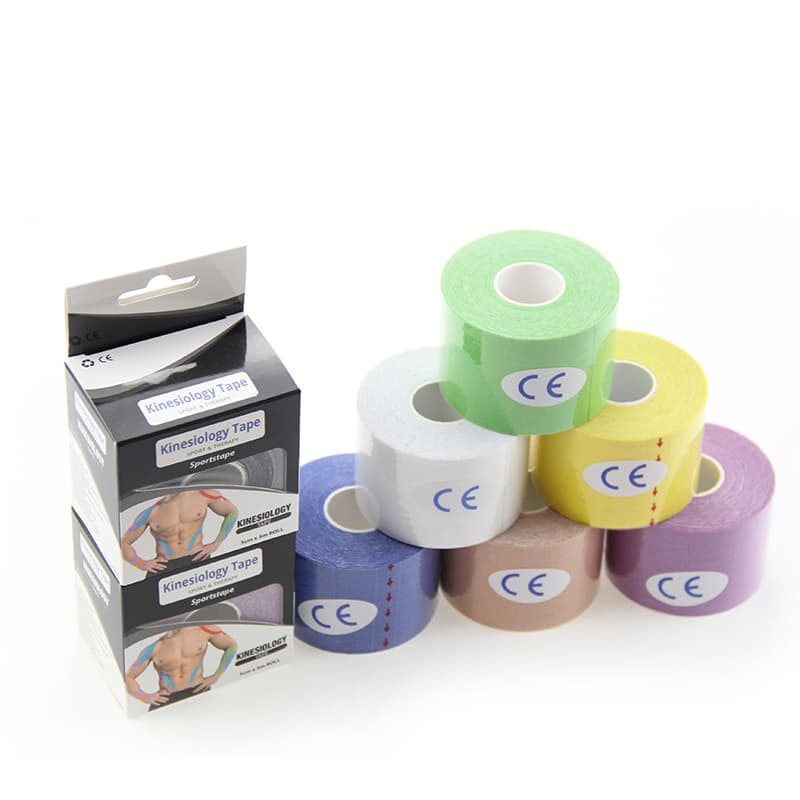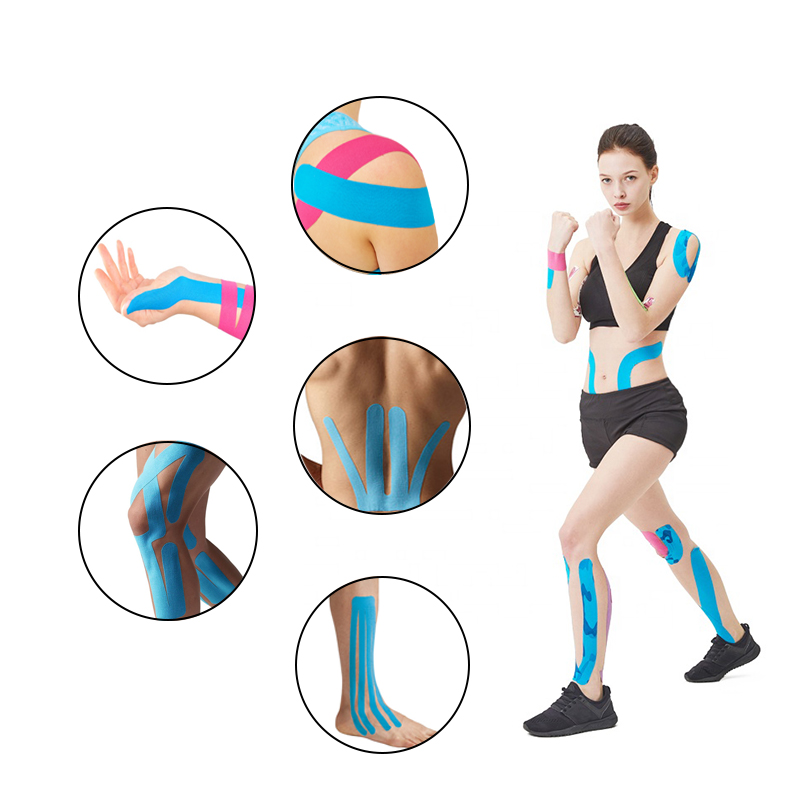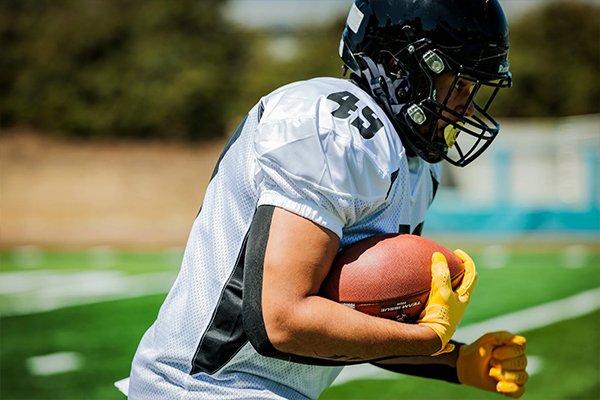Voetbal is een opwindende en intensieve sport, maar soms zijn blessures onvermijdelijk, zelfs voor de hardst werkende spelers. In dit artikel gaan we in op een aantal veelvoorkomende voetbalblessures en hoe Aupcon, een vertrouwd merk voor blessuretape, kan de verlichting en ondersteuning bieden die nodig zijn voor een snel herstel.

Veelvoorkomende voetbalblessures en oplossingen met Aupcon Injury Tape:
Scheenspalken
Deze pijnlijke aandoening veroorzaakt ongemak aan de voor- of achterkant van het scheenbeen, vaak door herhaalde druk op het scheenbeen en de daaraan vastzittende weefsels. Blessuretape kan voetballers helpen deze pijn te verlichten door gerichte ondersteuning te bieden en de spanning op de aangetaste spieren te verminderen. Raadpleeg hoe u de kinesiologietape voor scheenbeenvliesontsteking.
Kniepijn
Kniepijn is een veelvoorkomend probleem voor voetballers en komt voort uit overbelasting, onjuiste techniek of een onderliggende aandoening. Blessuretape kan stabiliteit bieden, ontstekingen verminderen en een goede gewrichtsbeweging bevorderen om pijn te verlichten en ondersteuning te bieden. Bekijk onze hoe te gebruiken kniekinesiologietape
Enkelverstuikingen
Enkelverstuikingen zijn standaard op het voetbalveld en kunnen instabiliteit en ongemak veroorzaken. Blessuretape kan een game changer zijn, door lichte structurele ondersteuning te bieden aan geblesseerde ligamenten, de bloedsomloop te verbeteren en zwelling te verminderen voor sneller herstel. Bekijk onze enkeltape gebruiken
Hamstringbelasting
Plotselinge versnelling en vertraging kunnen hamstringblessures veroorzaken, wat een grote tegenslag is voor voetballers. Blessuretape kan helpen bij het behandelen van hamstringblessures door ondersteuning te bieden aan geblesseerde spiervezels, de bloedstroom te verbeteren en u te ondersteunen tijdens uw herstel. Bekijk onze How To Plak Kinesiology Tape On Your Hamstrings.
Liesblessures
Snelle veranderingen van richting en heftige zijwaartse bewegingen kunnen leiden tot liesblessures die worden gekenmerkt door pijn aan de binnenkant van de dij. Blessuretape kan gerichte ondersteuning bieden aan het liesgebied, waardoor spierspanning wordt verminderd en een soepeler herstel wordt bevorderd.
Schaafwonden aan de armen
Armschaafwonden, ook wel grasbrandwonden genoemd, zijn breuken in de huid veroorzaakt door een gewelddadige impact wanneer een voetballer valt. Armschaafwonden kunnen worden voorkomen door een kunstgrasband van 10 cm om de arm te wikkelen. Het is ook bekend als grasmatten of 4-inch kinesiologietape.
Dus, wat is blessuretape?
Blessuretape wordt ook wel genoemd katoenen kinesiologietape of spier tape. Het wordt het meest gebruikt in fysiotherapiecentra, sportteams en atletiekteams.


Neem contact op met de fabrikant van kinesiologietape.
Kinesiologie tape is een elastische pleister die de laatste jaren geleidelijk aan aandacht heeft gekregen in de klinische praktijk in Europa en de Verenigde Staten. Het is niet medicinaal zoals traditionele Chinese pleisters of medicinale doeken, dus het is minder waarschijnlijk dat het huidallergieën of maladaptatie veroorzaakt.
Het meest magische effect van kinesiologie tape komt voort uit een eigen ontwerp met spanning en elasticiteit. Of het nu de "stof" op de bovenste laag van de patch zelf is of de "lijm" op de onderste laag die aan de huid kleeft, ze zijn ontworpen volgens biomechanica en fysiologische mechanismen. Daarom heeft de kwaliteit een grote impact op het behandelingseffect.
Naast de blessuretape zelf zijn de ervaring en vaardigheden van de therapeut de meest kritische factor die het behandeleffect bepaalt. Dezelfde rol blessuretape kan er hetzelfde uitzien, zelfs als deze op dezelfde manier is geplakt. Toch kan het behandeleffect aanzienlijk verschillen van het “ontwerp” en de “verfijning” van tapen op basis van de symptomen van andere patiënten. Therapeuten moeten rekening houden met de algemene behandelconcepten en -technieken van onderhuids fasciaweefsel, spierweefsel, gewrichten, bloed- en lymfecirculatie, zenuwweefsel, enz., om het magische therapeutische effect van blessuretape uit te oefenen.
Probeer professionele sportgeneeskundigen en revalidatieartsen te laten helpen met het tapen of tapen onder hun begeleiding(hoe kinesiologietape te gebruiken). Voor het tapen moet het tapgebied worden schoongemaakt, op kamertemperatuur worden gehouden en droog zijn, en vervolgens wordt de Injury tape direct op de huid aangebracht. Bij het tapen moet de strakheid matig zijn en moet de tape worden aangebracht in de richting van de geblesseerde spier en de sportanatomische structuur van het specifieke deel.



